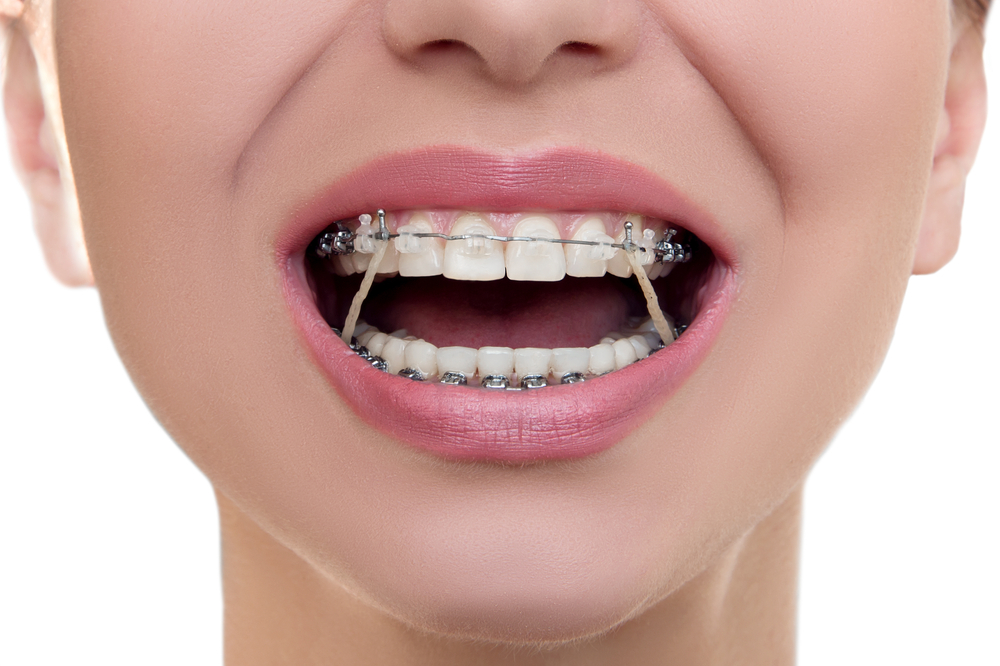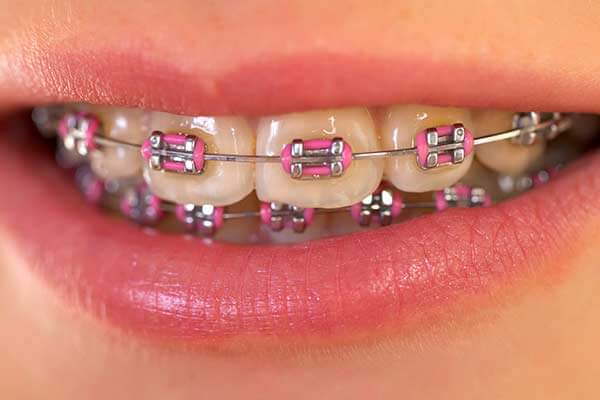The Benefits of Choosing a Cumming Orthodontist for Your Braces and Aligners
The Benefits of Choosing a Cumming Orthodontist for Your Braces and Aligners
Blog Article
Comprehensive Guide to Orthodontics Procedures for Dealing With Oral Imbalances
In the realm of orthodontics, the journey to accomplishing a completely straightened smile entails a myriad of procedures tailored to correct dental imbalances. From typical dental braces to unseen aligners and also medical alternatives, the area of orthodontics offers a variety of solutions to address varying degrees of oral irregularities. Understanding the details of each procedure, including their mechanisms, benefits, and potential downsides, is important in making informed choices regarding one's orthodontic treatment. As we navigate via the detailed overview to orthodontic treatments for fixing dental misalignments, the detailed details of each method will certainly unravel, shedding light on the course toward a practical and harmonious oral alignment.
Orthodontic Procedures Overview

Along with clear aligners and typical braces, orthodontists may likewise suggest various other interventions like headwear, palatal expanders, or retainers to deal with details alignment concerns (aligners). These treatments are customized to every client's special demands and might entail a mix of therapies to attain the desired outcomes. Regular adjustments and surveillance are critical components of orthodontic treatment to ensure development gets on track and to make any kind of required modifications along the way. By undergoing orthodontic treatments, people can not just accomplish a straighter grin yet also enhance their total dental wellness and function.
Standard Dental Braces: Exactly How They Function
When considering orthodontic treatments for dental imbalances, typical dental braces stand out as a tried and true technique for fixing teeth positioning. Standard braces consist of braces, cords, and bands that function with each other to use constant pressure on the teeth, gradually moving them right into the desired alignment.
One secret facet of how traditional dental braces job is the procedure of bone renovation. As stress is applied to the teeth with the dental braces, the bone bordering the teeth is improved to support the new tooth positions. This improvement is essential for the long-lasting stability of the fixed positioning. Individuals will certainly need normal adjustments at the orthodontist's workplace to make certain the braces remain to apply the correct stress for efficient teeth motion.
Unnoticeable Aligners: Cons and pros
Undetectable aligners supply a very discreet and practical option to conventional dental braces for dealing with oral misalignments. These clear, personalized trays are basically unnoticeable when worn, making them an appealing alternative for people seeking a more cosmetically pleasing orthodontic therapy. One of the primary benefits of unnoticeable aligners is their removability, allowing for less complicated upkeep of oral hygiene contrasted to conventional dental braces. Individuals can remove the aligners prior to eating or cleaning their teeth, minimizing the risk of food obtaining stuck in the device and simplifying the cleansing process.

Surgical Orthodontic Options
Surgical interventions in orthodontics present viable options for addressing intricate dental misalignments that might not be properly resolved via standard orthodontic therapies. While standard dental braces and undetectable aligners can deal with several orthodontic problems, certain cases call for medical intervention to achieve optimum outcomes. Surgical orthodontic options are typically advised for serious malocclusions, considerable jaw inconsistencies, and cases where the underlying bone framework needs alteration to accomplish proper placement.
One typical surgical orthodontic procedure is orthognathic surgical procedure, which includes rearranging the jaws to remedy functional issues such as problem eating or talking. This surgery is usually done in collaboration with an orthodontist that aids align the teeth prior to and after the procedure. Surgical orthodontics might also include procedures to subject influenced teeth, eliminate excess gum tissue, or improve the jawbone to create a much more unified facial account.
Prior to taking into consideration surgical orthodontic alternatives, patients undergo a thorough assessment to identify the necessity and potential benefits of such interventions. cumming braces. While Recommended Reading surgical treatment may appear daunting, it can dramatically improve both the feature and appearances of the smile in situations where standard orthodontic treatments drop short
Retainers and Post-Treatment Treatment

Failure to abide with post-treatment treatment directions can result in relapse, where the teeth gradually relocate back in the direction of their original positions. Regular retainer wear, great oral hygiene, and normal oral examinations are important for maintaining the outcomes accomplished through orthodontic surgery and making certain the long-lasting stability of the corrected oral positioning.
Conclusion
In conclusion, orthodontic procedures offer various choices for fixing dental misalignments. Surgical orthodontic choices are available for much more extreme misalignments. Generally, orthodontic treatments can efficiently enhance dental health and wellness and visual look.
As we navigate with the thorough overview to orthodontic procedures for fixing oral misalignments, the elaborate information of each approach will unfold, dropping light on the course towards a unified and practical oral alignment. - cumming braces
One of the most usual orthodontic treatments is the use of braces, which are composed of steel brackets and cables that use mild stress to progressively shift teeth into the preferred setting.When taking into consideration orthodontic therapies for oral imbalances, typical dental braces stand out as a reliable method for remedying teeth placing. In addition, unnoticeable aligners might not be appropriate for complicated orthodontic problems that need even more significant teeth movement, as they are usually advised for moderate to modest cases. Retainers are personalized orthodontic devices created to hold teeth in their corrected positions after the completion of orthodontic therapy.
Report this page